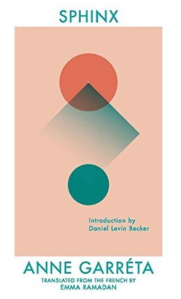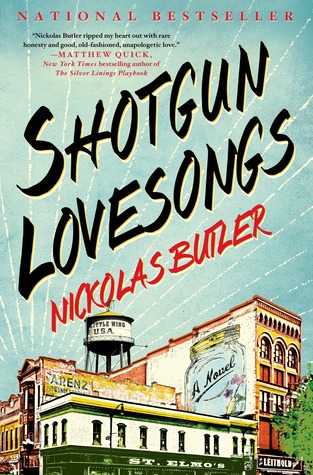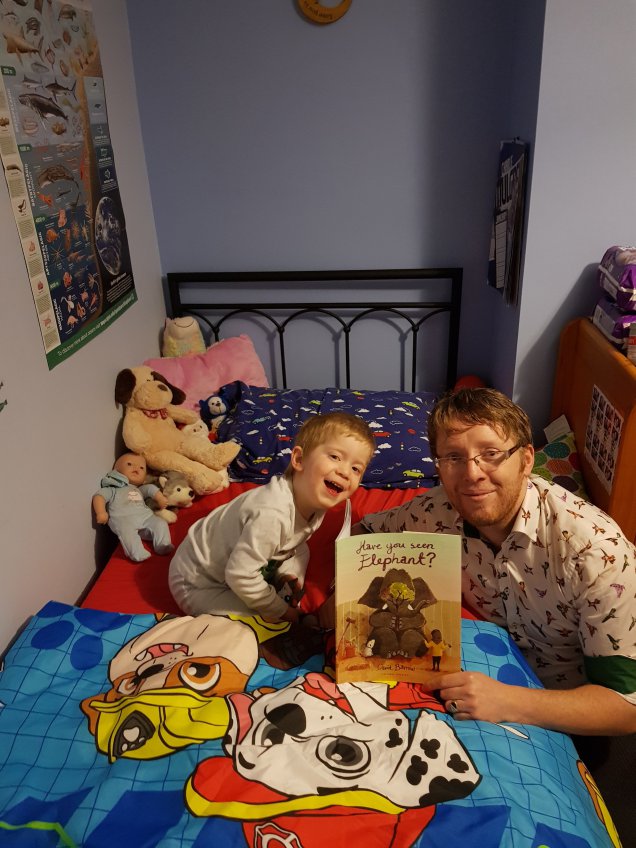“In the aftermath of 1066, a Norman army marches through the North of England: burning, killing and laying waste to everything in its path. The Harrowing has begun. As towns and villages fall to the invaders, five travellers fleeing the slaughter are forced to band together for survival. Refugees in their own country, they journey through the wasteland, hoping to find sanctuary with the last stand of the Saxon rebellion. But are they fleeing the Normans or their own troubles?
Priest, Lady, Servant, Warrior, Minstrel: each has their own story; each their own sin. As enemies past and present close in, their prior deeds catch up with them and they discover there is no sanctuary from fate…”
 I’ve just finished reading “The Harrowing” by Wiltshire-born author James Aitcheson, a book that I was inspired to read when I saw a write-up of it in a booklet publicising the recent 950th anniversary events for Chepstow Castle – construction of which began in 1067, the year after the Norman invasion under William The Conqueror. A change from the usual crime thrillers that I tend to gravitate towards then.
I’ve just finished reading “The Harrowing” by Wiltshire-born author James Aitcheson, a book that I was inspired to read when I saw a write-up of it in a booklet publicising the recent 950th anniversary events for Chepstow Castle – construction of which began in 1067, the year after the Norman invasion under William The Conqueror. A change from the usual crime thrillers that I tend to gravitate towards then.
The narrative follows a group of five people who, for one reason or another, are heading north to Hagustaldesham (now Hexham) even as the Normans are laying waste to the large swathes of the country during the brutal “harrying of the north” of 1069/70 in which they seek to consolidate their power and quash the rebellion headed by Edgar Ætheling.
First we meet Tova, a young maidservant who is fleeing her home with her Lady, Merewyn. We do not know, at least not yet, why they are desperate to get away.
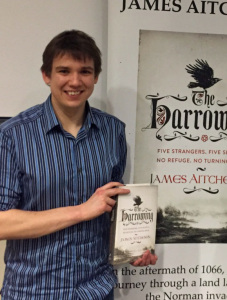 James Aitcheson
James Aitcheson
Before long they come across a warrior, Beorn, who saves them from certain death at the hands of a group of Normans, and a little later on the trio stumble across a priest named Guthred. The quintet is completed when wandering poet Oslac joins the group as they travel through seven wintry days and nights across a country ravaged by war.
Whilst the majority of the tale is told through Tova’s eyes, as they rest at night each has a tale to tell the others – some more willingly than others. The individual characters’ stories fill in a lot of background information, not just about themselves, but also about the rebellion and the response of the Normans – which seems to have been something or a scorched earth policy, destroying everything and everyone in their path with utter ruthlessness.
I did find at times the telling of their stories to be filled with a lot of unlikely detail, and the pace of the story drops a little as a result, but recognise that this was the author’s way of giving the reader the information needed to fully understand the story as well as to begin to appreciate just what a devastating period of time it was. This is achieved without our band of travellers having much contact with the Normans at all, meaning that a lot of the violence etc. is done “off camera” as it were. That does not make it any less horrifying, however!
Aitcheson spent the better part of a decade, by his own reckoning, studying and learning about the Anglo-Saxon period of history, including the Norman Conquest, and this particular book (his fourth novel) was three years in the making. That level of research shines through in the detail contained within and the excellent way in which the author transports the reader to a dark period in this country’s history.
This isn’t an pleasant story to digest, so if you’re after happy endings this is the wrong place to look, but for a fascinating look at the consequences of war (and an illustration that there really is no glory to be found) for all concerned – the guilty and the innocent – this is a very good read…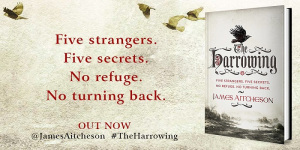
- More
